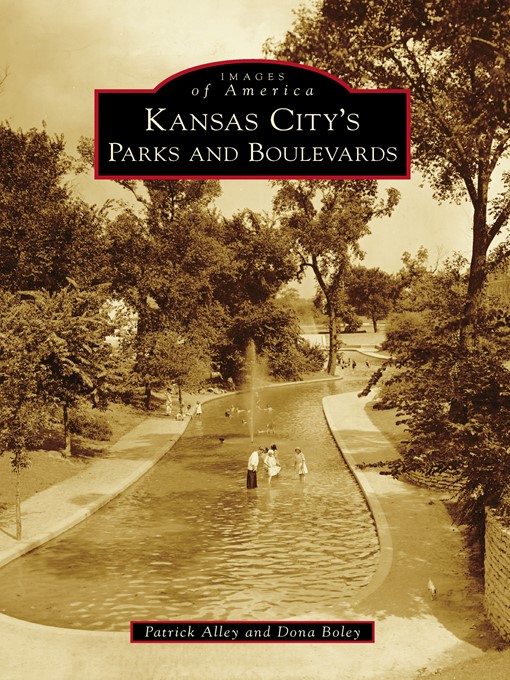A fast-growing frontier community transformed itself into a beautiful urban model of parks and boulevards. In 1893, East Coast newspapers were calling Kansas City "the filthiest in the United States." The drainage of many houses emptied into gullies and cesspools. There was no garbage collection service, and herding livestock through the city was only recently prohibited. Through the diligent efforts of a handful of recently arrived citizens, political, financial, and botanical skills were successfully applied to a nascent parks system. "Squirrel pastures," cliffs and bluffs, ugly ravines, and shanties and slums were turned into a gridiron of green, with chains of parks and boulevards extending in all directions. Wherever the system penetrated well-settled localities, the policy was to provide playgrounds, tennis courts, baseball diamonds, pools, and field houses. By the time the city fathers were finished, Kansas City could boast of 90 miles of boulevards and 2,500 acres of urban parks.
- Hot, Hot, Hot eBooks!
- Romance - Available now!
- Thriller Titles - ebooks
- Mysteries - Available now!
- New to Sunflower
- Historical Fiction - Available now!
- Biographies - Available now!
- Inspirational Reading
- Cook Up Something New
- LGBTQ
- See all
- Romance - Available now!
- Audiobooks for the Whole Family
- Juvenile Fiction Audio Books
- Top 100 Available Audiobooks
- Hot off the Press!
- Thriller Titles - Available now!
- Mystery Titles - Available now!
- Science Fiction - Available Now!
- Finish a Book from Leavenworth to Burlington
- Finish a Book from Pittsburg to Goodland
- Finish a Book from Manhattan to Dodge City
- See all
- Recently Added for Kids
- Belly Laughs
- Crafts and Cooking for Kids
- Kids Picture Books
- Ready to Borrow Audiobooks
- Newly added Beginning Readers
- Read-Alongs
- Most Popular Kids eBooks
- Get Ready For Summer Reading Program
- Hero Up with Super Books!
- Get Out and Play!
- See all
- First Love: YA Romance
- Most Popular Teen eBooks
- Most Popular Teen Audiobooks
- Disponible ahora - Adolescentes!
- #WeNeedDiverseBooks
- Spooky Stories for Teens
- Spring Awakening
- Favorite Teen Reads
- Books to Rule Us All
- See all

